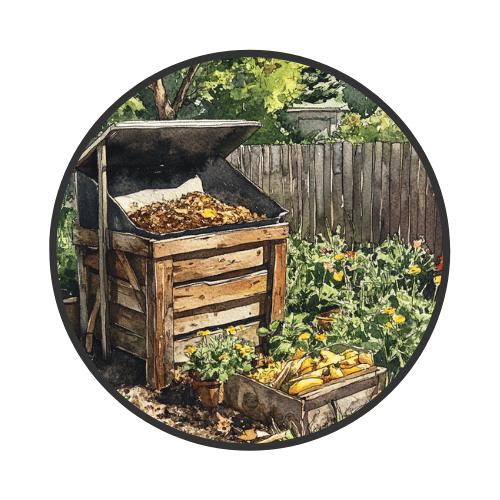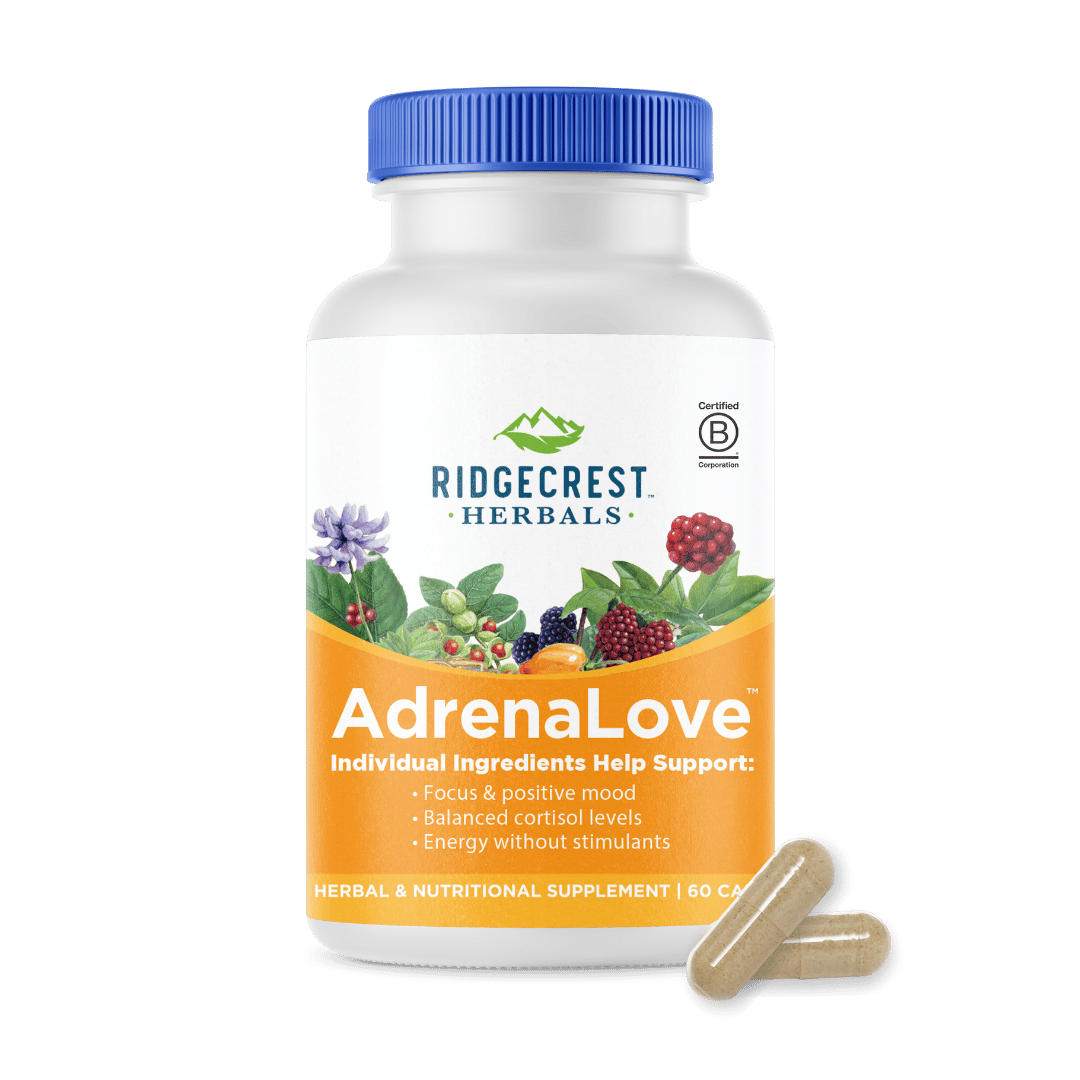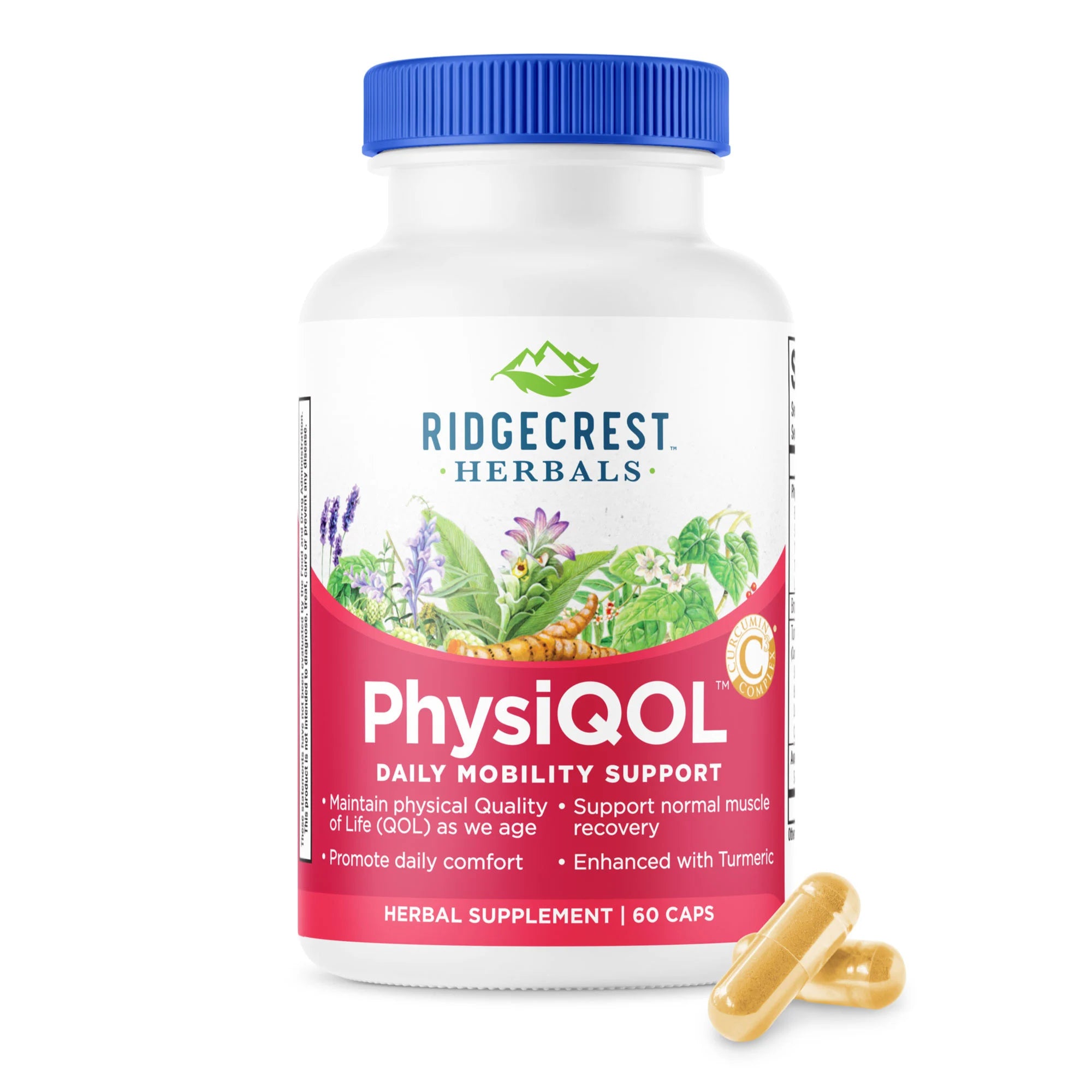How to Start a Compost Pile: Composting Basics for Your Garden
Have you ever wanted to start your own compost pile but weren’t sure where to begin? Composting is a simple and rewarding way to recycle kitchen and yard waste into nutrient-rich soil for your garden. Here’s a beginner’s guide to help you turn organic matter into “black gold” with ease.
Why Compost?
Composting transforms food scraps and yard debris into fertile, healthy soil. Microbes inside your compost pile thrive on heat, moisture, and oxygen, breaking down organic materials into a rich, dark compost packed with nutrients your plants will love.
What You Need to Start Composting
To start your compost pile, gather the following essentials:
Space:
- A minimum size of 3 feet by 3 feet by 3 feet, either directly on the ground or inside a compost bin.
Green Materials (Nitrogen Sources):
- Vegetable and fruit scrapsEggshells
- Corn cobs
- Coffee grounds
- Tea bags
- Grass clippings, weeds, and other green yard waste
Brown Materials (Carbon Sources):
- Dead leaves
- Straw or hay
- Wood shavings or sawdust
- Shredded newspaper, cardboard, napkins, and paper towels
- Natural fibers like cotton or wool
Oxygen and Water: Essential for healthy microbial activity.
- Aim for a ratio of 1 part green materials to 2 parts brown materials to maintain the ideal balance for decomposition.
How to Build and Maintain Your Compost Pile
- Layer your materials: Alternate green and brown materials to create a balanced pile.
- Aerate regularly: Stir and mix your compost at least once a week. Turning the pile introduces oxygen, speeds up decomposition, and prevents unpleasant odors.
- Moisture management: Keep your compost as damp as a wrung-out sponge. Avoid overwatering, which can create a soggy, oxygen-deprived pile, or letting it dry out, which can halt decomposition altogether.
When Is Compost Ready?
Your compost is ready to use when it looks dark, crumbly, and soil-like, with no recognizable food or yard scraps remaining.
How to Use Your Finished Compost
- Top-dress plants: Spread a ring of compost around your established plants and water it in to deliver nutrients directly to the roots.
- Amend garden beds: Mix compost into your soil at the start of the planting season to boost fertility and improve soil structure.







Leave a comment
All comments are moderated before being published.
This site is protected by hCaptcha and the hCaptcha Privacy Policy and Terms of Service apply.